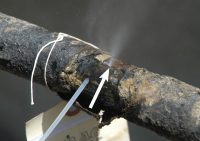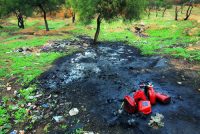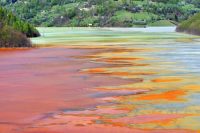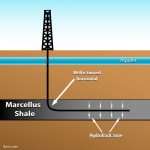TRI 2013 Data Is Out: Tips to Manage Community Expectations
TRI is designed to provide citizens with information about chemicals being used, processed, manufactured, or released from facilities in their communities. The basic premise of TRI is that citizens have a right to know about toxic chemicals that are handled or released in their community. Meaning of “Release” under TRI Under the Emergency Planning and […]










